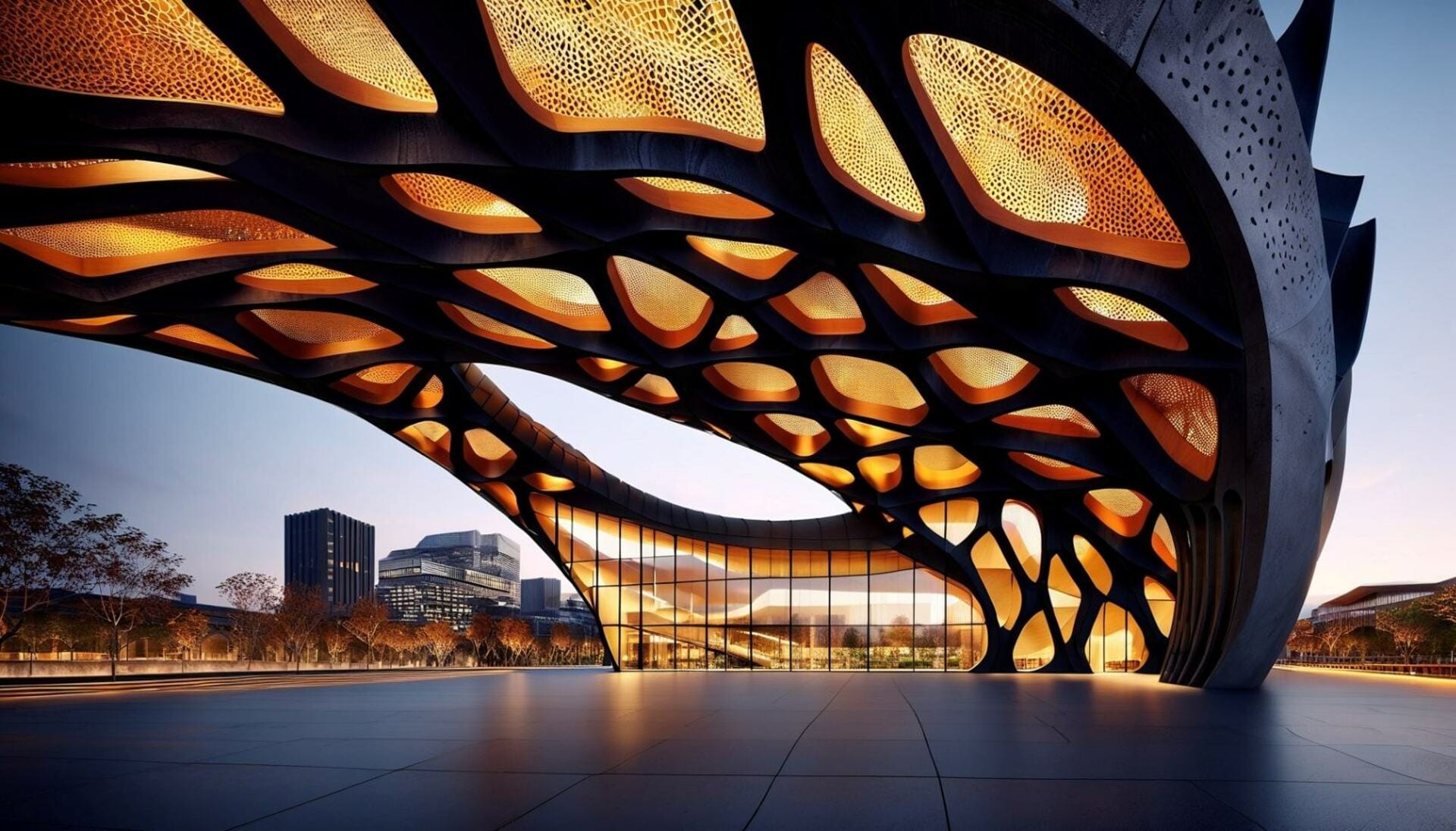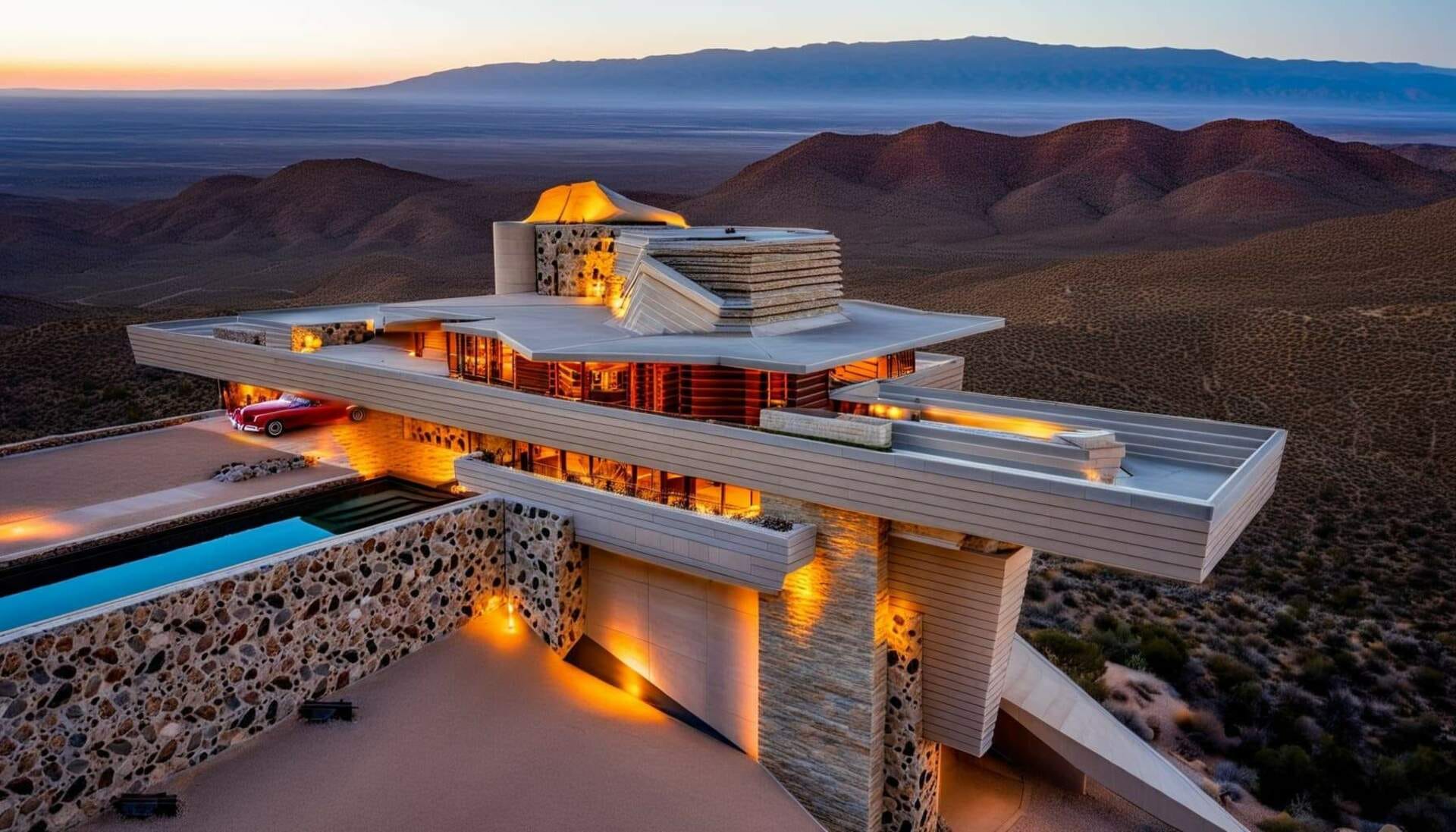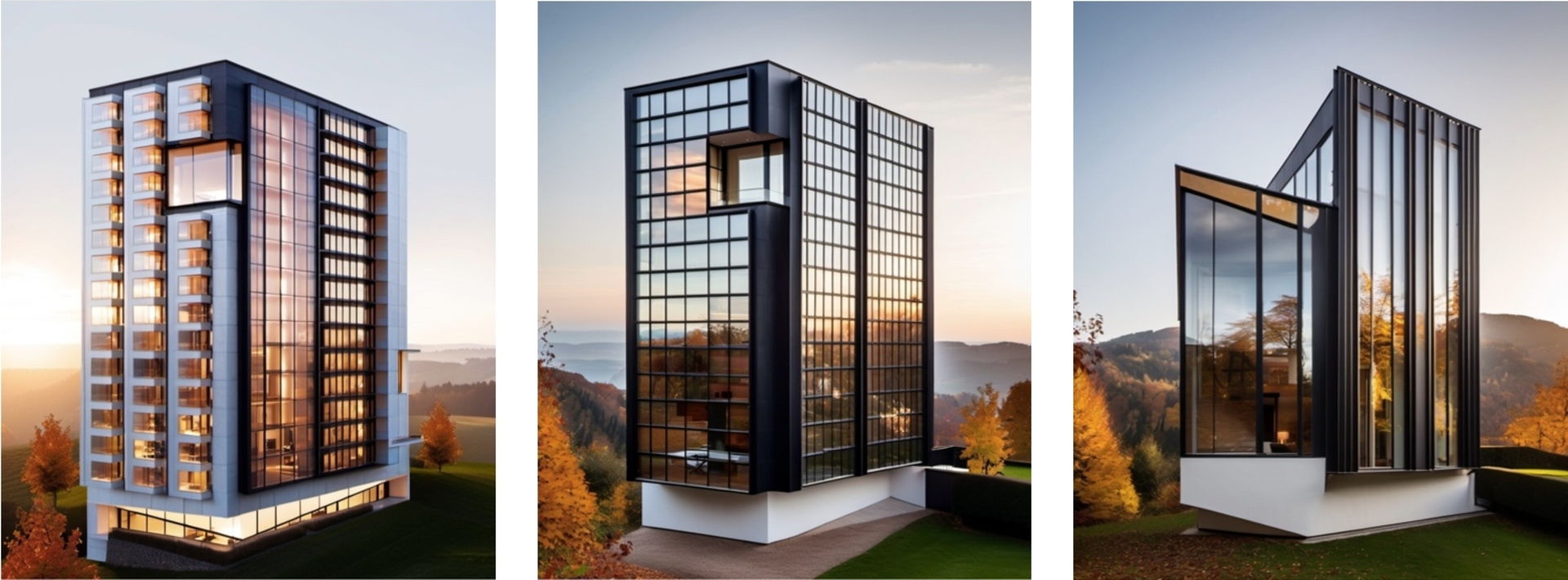Learn how AI speeds up architectural visualization, unleashes creativity, and how tools like Veras and Chaos AI Enhancer are helping visualizers work smarter.
Artificial Intelligence (AI) is rapidly transforming the landscape of design and architectural visualization. It is enabling architects and designers to push boundaries in design, rapidly generating high-quality renderings, and automating routine tasks. The integration of AI into the rendering workflow is not only improving the speed of design iterations but also unlocking new creative possibilities. Keep reading to learn more about how AI is shaping architectural design and visualization.

The impact of AI in architectural visualization
AI rendering is revolutionizing architectural visualization by streamlining workflows and reducing the time required for rendering. According to recent data from the State of Architectural Visualization 2025 report, over 44% of respondents have already begun experimenting with AI tools, while another 25% are still exploring the best ways to incorporate them into their processes.
The impact is significant: 35.4% of professionals have reported enhanced creativity as one of the top benefits of AI integration, with many using AI to generate concept images and variations of design options. Modern tools enable rapid creation of high-quality renderings from initial sketches, dramatically speeding up the design process.
In addition, AI is helping architects explore various design options efficiently, particularly when generating alternative materials and finishes. AI-generated visualizations can now simulate different lighting, weather conditions, and times of day, allowing for more comprehensive design feedback earlier in the process.
I was initially skeptical about AI's impact on the design process, but Veras completely changed my perspective. If Midjourney is crawling, Veras is running a marathon. Its intuitive interface, lightning-fast renderings, and customizable prompts allow me to explore multiple design concepts in seconds, significantly boosting my efficiency.
Christopher Ortiz, Project & Interior Designer, VLK Architects
AI rendering tools: What to look for
When choosing an AI-powered rendering tool, there are a few important things to keep in mind to make sure you get high-quality and reliable results each time.
- Accuracy and precision: 36% of respondents from the State of Architectural Visualization survey indicated that the most significant impact of AI in their workflow was generating realistic concept images. Tools like Veras and Kaedim are excellent during the ideation phase and can generate early concept images that accurately reflect your vision. Check out how Veras helped a Germany-based architect and BIM coach speed up the ideation phase and easily showcase material and designs for a penthouse extension.
- High-resolution outputs: If you're creating large-scale printed material or complex architectural presentations, resolution matters. Chaos AI Enhancer and tools like KREA give you high-quality, crisp results to make every detail stand out.
- Flexibility across styles: Some AI tools are better than others at shifting from photorealism to more stylized, conceptual image generation. With Veras, you can jump from soft watercolors to sharp ink sketches for technical linework in seconds just by typing a new prompt.
- Efficiency boosters: Features like fast iteration, controlled visual consistency, and even some basic 3D rendering capabilities can help streamline and bring greater efficiency to your work. Veras achieves this through prompt-based iteration, fast style changes, and its Render from Same Seed feature — all within your 3D environment.
- Cost and accessibility: Many AI tools offer affordable subscription plans and free trials, making it easier to experiment with them before committing to a long-term solution. With the new Chaos suites, for example, Enscape users can try incorporating AI-fueled ideation and scene enhancement into their design workflow free for 30 days.
For a deeper look at some of the AI tools available, check out our roundup of AI tools for architects.

AI-powered rendering tools in archviz: Real-world applications
AI-powered rendering tools are revolutionizing architectural design and visualization. Veras, developed by EvolveLAB (now part of Chaos), is a key example. It can transform hand-drawn sketches and photos of study models into photorealistic renderings in a matter of minutes. This is especially useful in the early stages of design, enabling rapid prototyping and creative exploration. For users of Chaos products, the Chaos AI Enhancer integrated into Enscape provides enhanced real-time rendering capabilities powered by AI, which further boosts design iteration and client communication.

These AI tools are particularly valuable in complex workflows where multiple design revisions are necessary. The ability to generate multiple variations of a scene or element based on a single prompt allows architects to explore a wider range of ideas quickly. According to the survey, 35.1% of professionals are using AI to create quick variations of design options, making it easier to test different configurations and layouts rapidly.
See how Veras helps streamline that process in this article.
We’ve engineered Veras to turn broad creative intent into precise visual narratives—fast.
David Cichy, Software Developer, Chaos
The future of AI in visualization: Beyond automation
While AI tools can automate many aspects of the rendering and design process, they are best used in conjunction with human creativity. The future of AI in archviz lies in the collaboration between AI and the expertise of designers. As AI continues to evolve, more sophisticated tools will emerge, allowing architects to push the boundaries of design and visualization.
The State of Architectural Visualization survey also revealed that AI-enhanced visualizations or animations are expected to become even more prevalent in architects’ workflows in the near future, with 36.1% of respondents predicting this trend. As AI tools evolve, the potential to generate more immersive, real-time visualizations will further redefine the industry.
Through the targeted use of Veras, we achieve a greater depth of planning in less time, so we can better focus on other aspects of our profession.
Marco Iannelli, Head of BIM Planning, Sonnentag Architektur

AI as a collaborative partner in archviz
AI is reshaping architectural visualization by enhancing creativity, speeding up workflows, and opening up new possibilities in design. With its continued integration into rendering processes, AI is not just a tool for efficiency, but also a powerful partner in the creative process. Architects who embrace this technology will be well-positioned to lead the next wave of innovation in the field.




